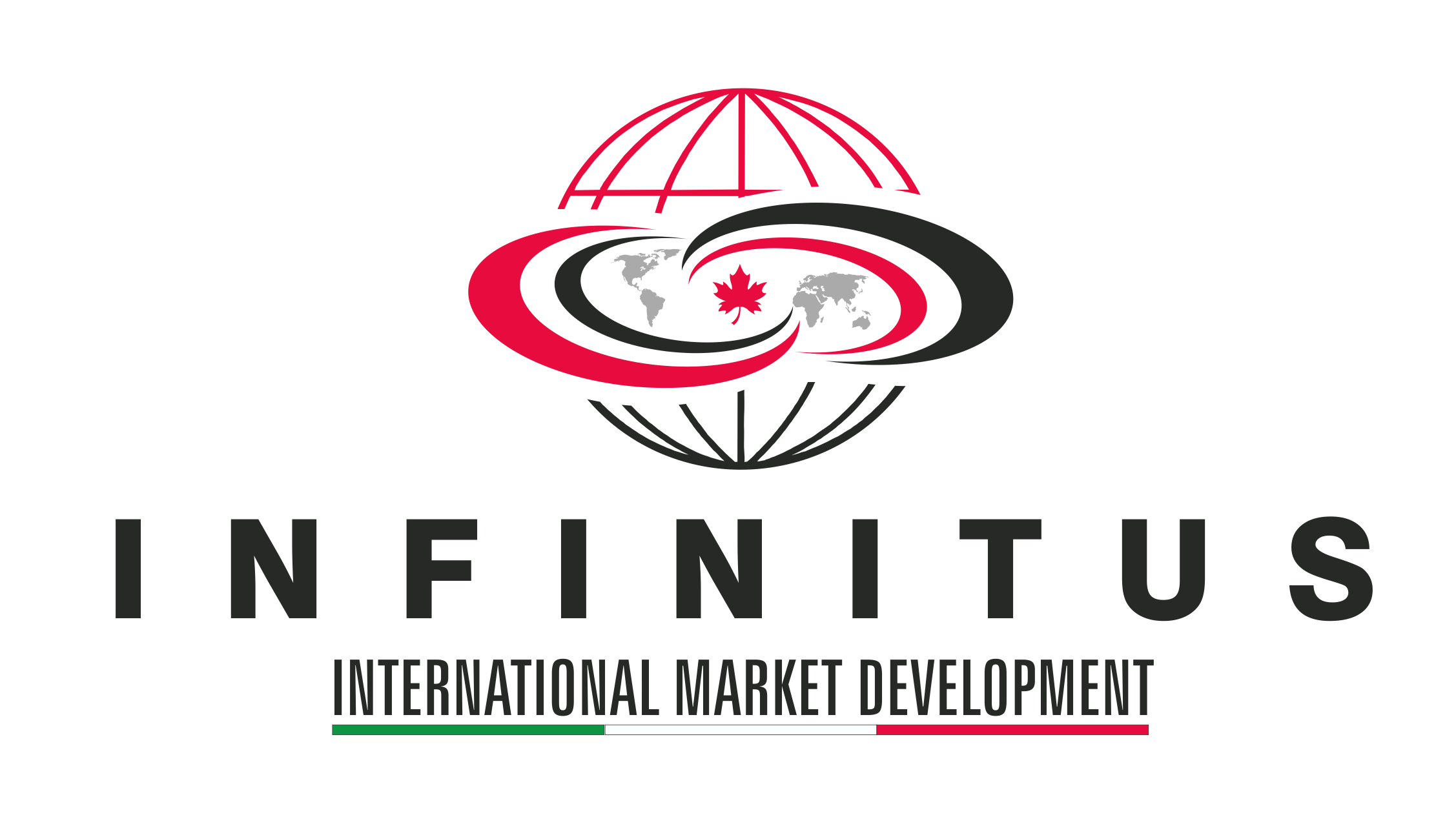
In order to make efficient action plans, companies need to know the forecasts for 2020, the current requirements of the buyer as well as international technological trends.
Access to information, being more aware of how we consume and produce, self-sufficiency, authenticity and the search for experiences are some of the trends that will influence consumers during 2019. According to the study on the main consumer trends conducted by Euromonitor International (a market research provider), consumers are looking to reduce consumerism and are starting to move away from media saturation.
AGE WON’T MATTER THAT MUCH
The market research firm expects there will be an increase in consumers who do not care about age. Demographic groups such as baby boomers - the generation born between 1946 and 1964 - have shown a fondness for the adoption of new technologies and are redefining age labels and therefore are changing the perception of the subject in their forms of consumption.
CONSCIOUS CONSUMER
Consumers will become more aware of the products and brands they consume, particularly those related to animal welfare ethics. The firm foresees a rise in consumers who will look for products that are friendly to the environment, in their dealings with animals and this will impact their way in food consumption and in the purchase of certain products that were previously considered niche.
DIGITAL
A greater use of technological tools will expand to other sectors such as health, medicine or work and will cease to be exclusively a tool for entertainment or productivity. The development of technologies linked to virtual reality or augmented reality will help to develop more digitized interpersonal experiences, but also with a lot of potential in other areas.
THE IMPORTANCE OF DATA
According to Jing Daily, “In 2020 premium brands will go beyond statistics and demographics, offering personalized content based on behavioral data. We will witness how brands will create experience-driven content marketing through customer data integration. Furthermore, luxury brands will take further steps to understand and analyze unstructured data coming from social media, weblogs, and emails, while creating marketing strategies that leverage the power of both structured and unstructured data. It’s safe to say that even in 2020 data analytics will continue to optimize the customer’s experiences and deliver personalization at a larger scale”.
A WORLD FREE OF PLASTIC
According to the consumption analysis firm, 63% of food, beverage, beauty products, home care and pet food containers are made of plastic. One of the trends that gained the most weight during 2018 was to start reducing the consumption of plastic as a matter of environmental protection and the consequences of man-made climate change.
IMMEDIATE
For Euromonitor, consumers will continue to look for services and platforms that help them meet their needs with a high degree of satisfaction and help them save time in their daily routine.
SOURCES:
https://jingdaily.com/luxury-marketing-trends-2020/
https://medium.com/@trustcodes/consumer-trends-that-will-shape-2020-e369d0a481e4
https://www.bakingbusiness.com/articles/49320-eight-consumer-trends-for-2020
https://www.entrepreneur.com/article/341216
https://blog.euromonitor.com/euromonitor-reveals-the-top-10-global-consumer-trends-in-2019/








